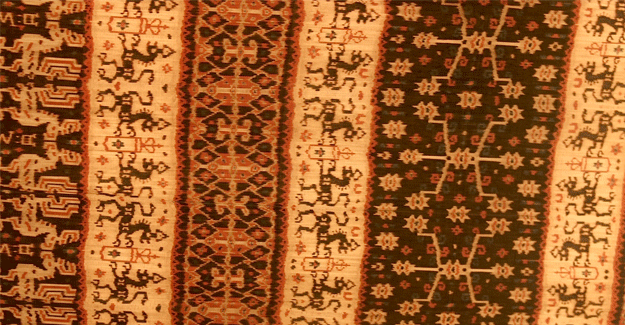
Indonesia To Press For FTAs To Enhance Global Competitiveness In Textile Sector
The archipelago of Indonesia situated in the equatorial waters of the Indian Ocean has just witnessed a brighter side with the state declaring that textile exports were up by 5 percent in a year-on-year comparison as of 2017.
The local textile barons and also the industry observers hailed this as a move towards being more competitive in the global markets as the country was facing stagnation for nearly five years from the period spanning 2012-16. Moreover, the global textile demand had been on the decline in 2017.
Data recently released by the state indicated that the textile exports though faced with a 2 percent dip when it came to exports to the United States and Japan, besides a 3 percent dip in exports to the European Union countries, Indonesia’s textile export basket overall fared well. This was largely because of the fact that these dips were more than offset by the increasing demand for textiles in South East Asian countries and also in the Middle Eastern countries.
The statistics released by Indonesia’s API prove amply that the country has grown to be more competitive globally in the textile sector. Indonesia is in a position to offer textile products at very favorable pricing to the global market because of this. The result came after initiative was taken several years back to shift textile factories from West Java and Banten to Central Java. The move followed close on heels to the steeply rising labour costs in West Java and Banten. The current location of the textile factories incur comparatively lower labour costing.
The other factor leading to Indonesia’s pick up was injection of healthy quantum of foreign investment. Indonesia provided a stable economy which proved to be attractive for investors globally. The data released by Investment Coordinating Board (BKPM) disclosed that nearly USD 759 million was invested in the textile sector of Indonesia for the year 2017. In terms of Indonesian currency it amounted to IDR 10.24 trillion. This indicated a sharp increase in FDI compared on a Y-o-Y basis as the corresponding figure for 2016 stood at IDR 7.54 trillion. The period for which the Y-o-Y was calculated happens to be January to September.
The government body’s statistics also indicated that despite the fall or dip in exports to the United States, the US remained the single largest importer of Indonesian textiles and accounted for 36% of their textile export basket. The second spot for Indonesian exports was the Middle East which accounted for 23% of its basket followed by the European Union which bagged 13% of the exports.
However, Indonesia’s textile competitiveness in the area is not unchallenged as Vietnam enjoys a Free Trade Agreement (FTA) with the European Union and pays 0% duty on goods exported to the EU countries. On face of it, the Indonesian textile goods face 5 to 20% duty on shipment to EU countries. Thus Vietnam has a distinct advantage when it comes to pricing in the European markets over Indonesia.
The industry bigwigs in Indonesia are currently urging the government to hold bilateral talks with the European Union to reach an agreement on FTA to further enhance the competitiveness of Indonesia in the textile sector. In responses to the impetus, the Indonesian industry minister Airlangga Hartarto assured that the government is currently working on trade relations with the US and Australia for duty free imports from Indonesia. “We are also studying the recommendations for a FTA with the EU and are evolving with a plan for the same,” he added.
Textile Excellence
If you wish to Subscribe to Textile Excellence Print Edition, kindly fill in the below form and we shall get back to you with details.








